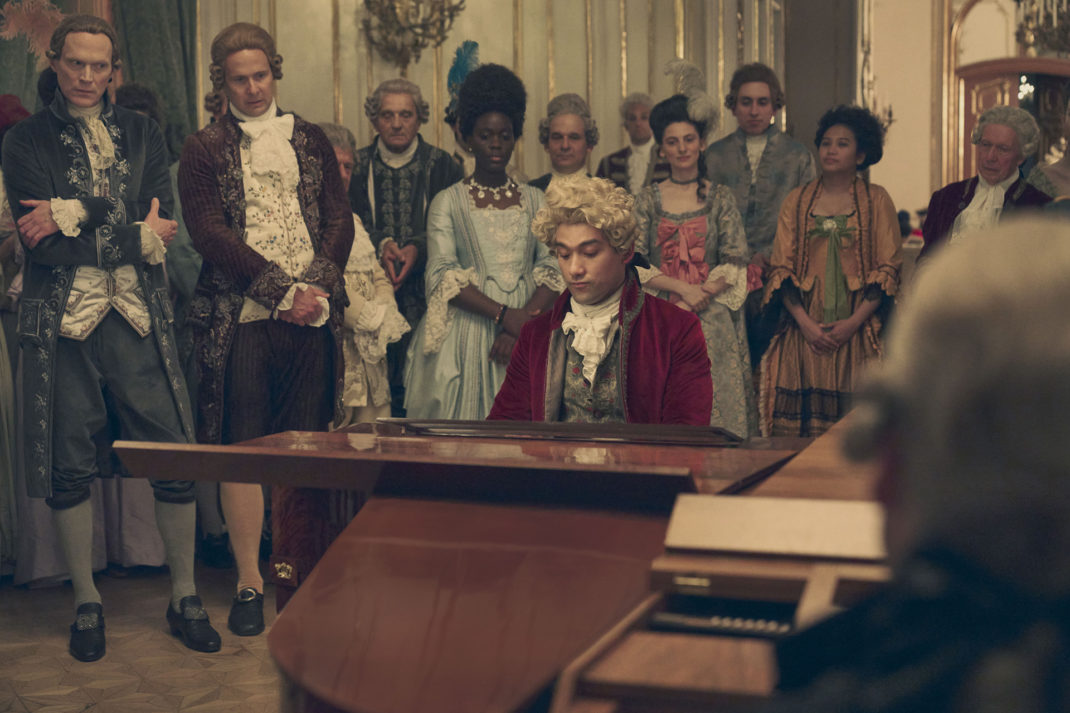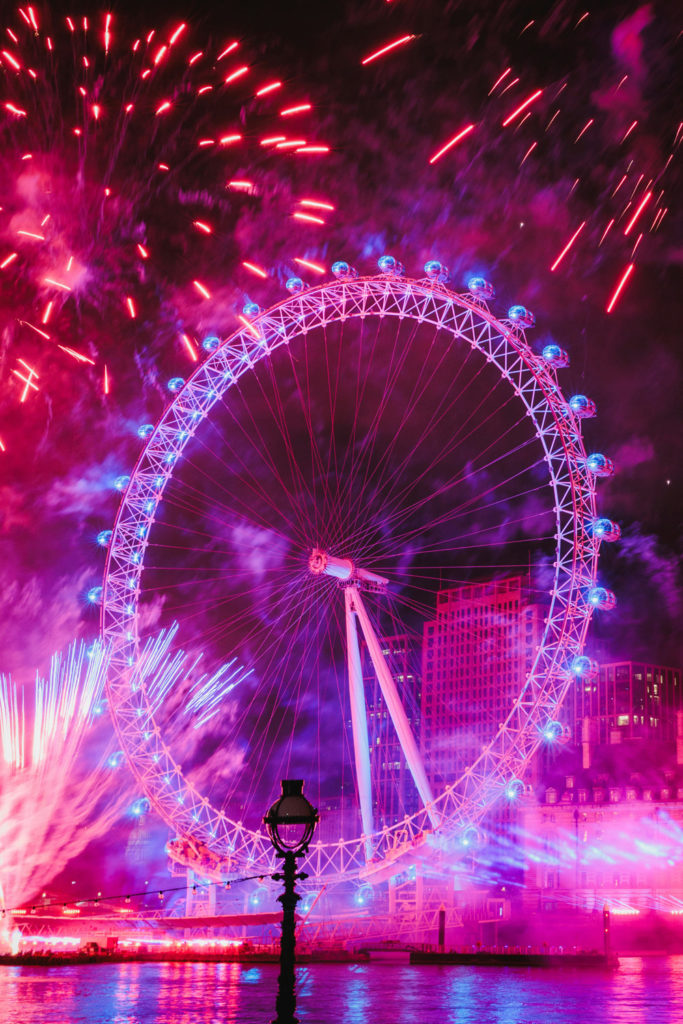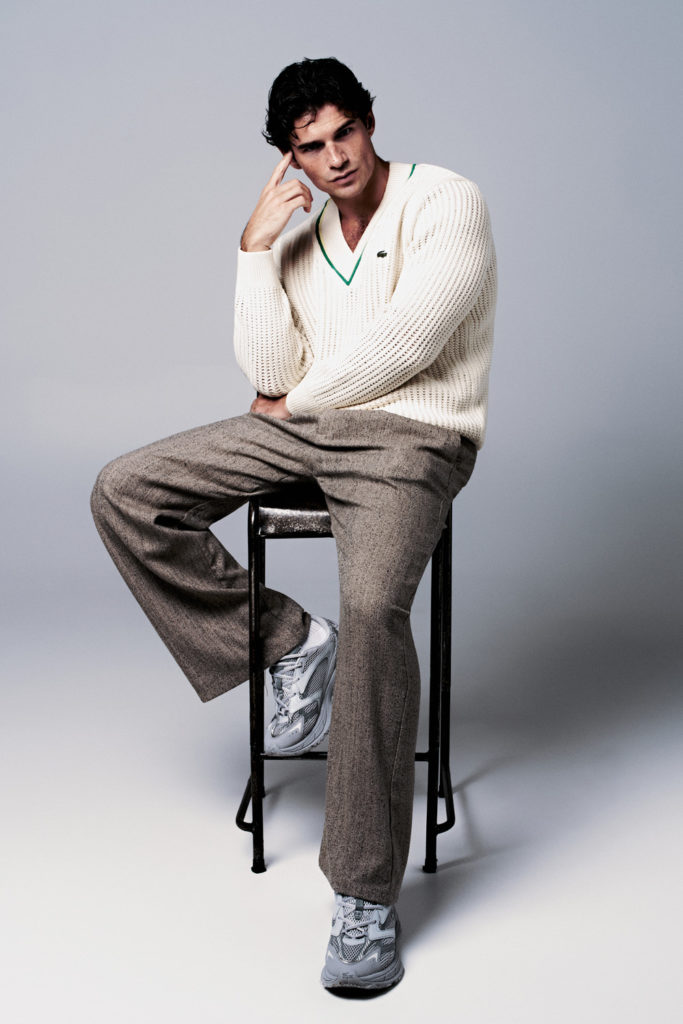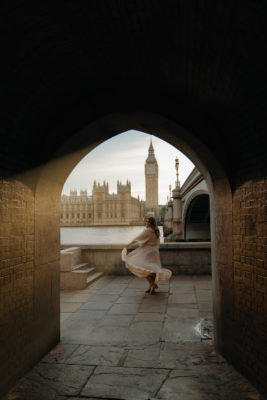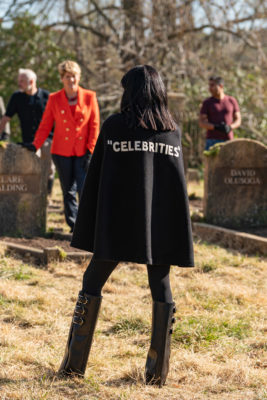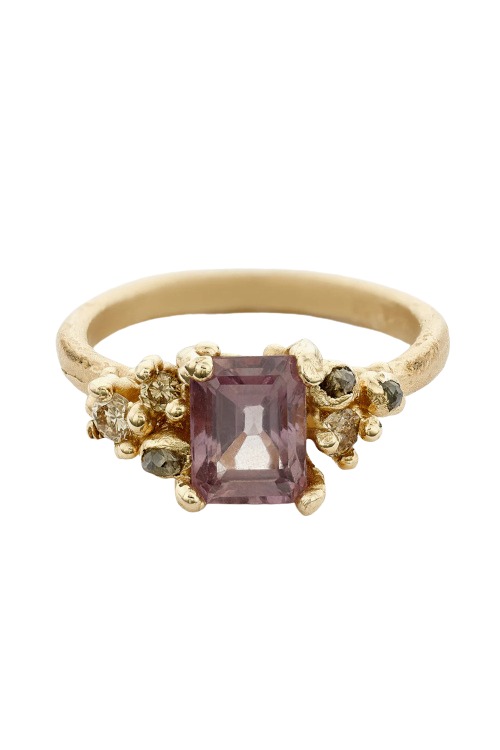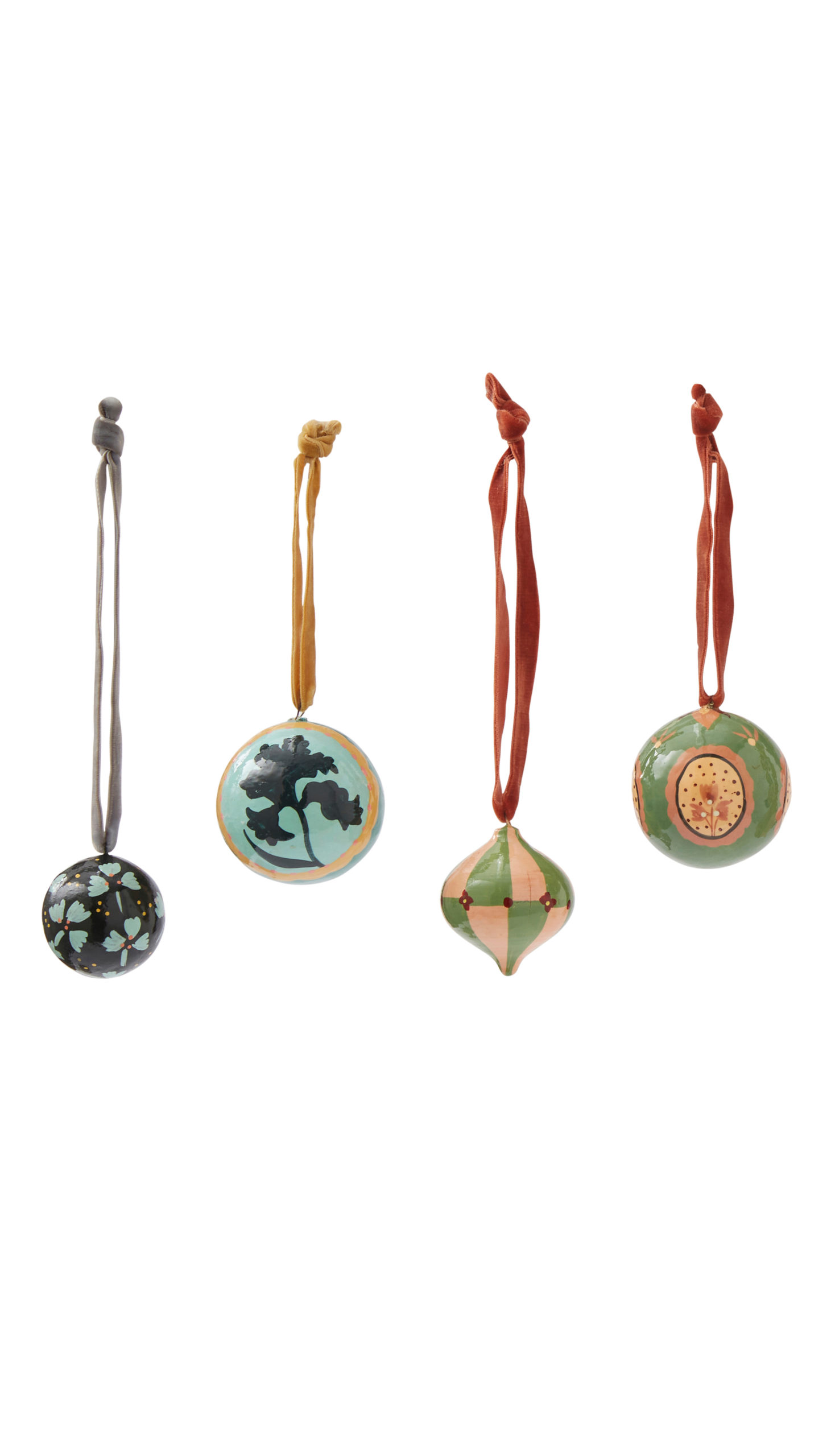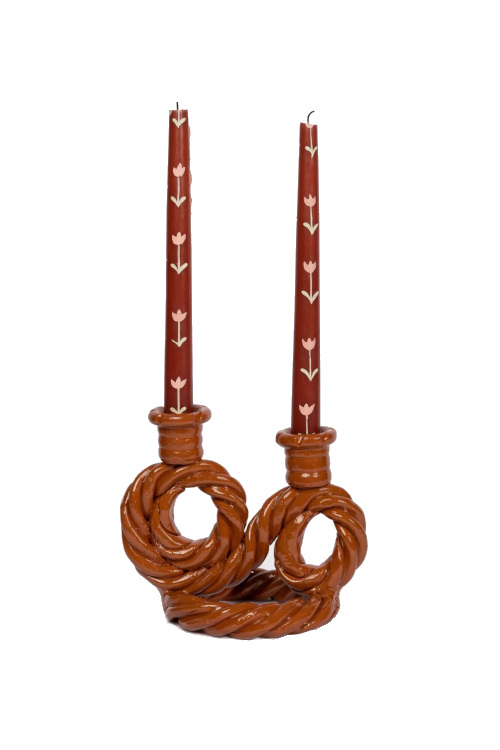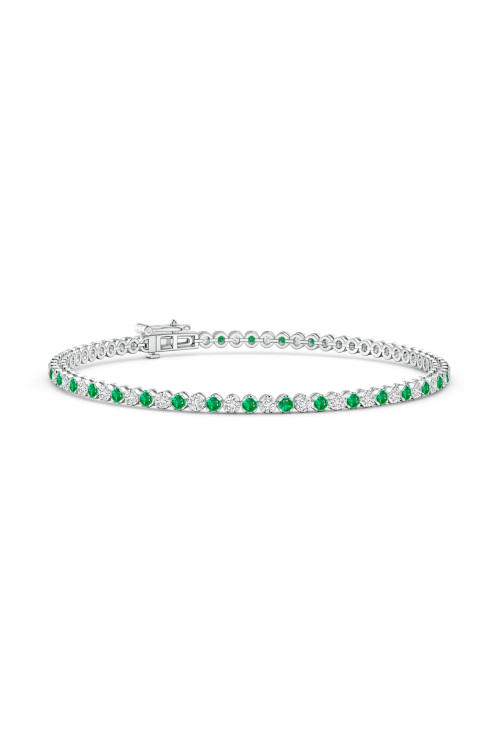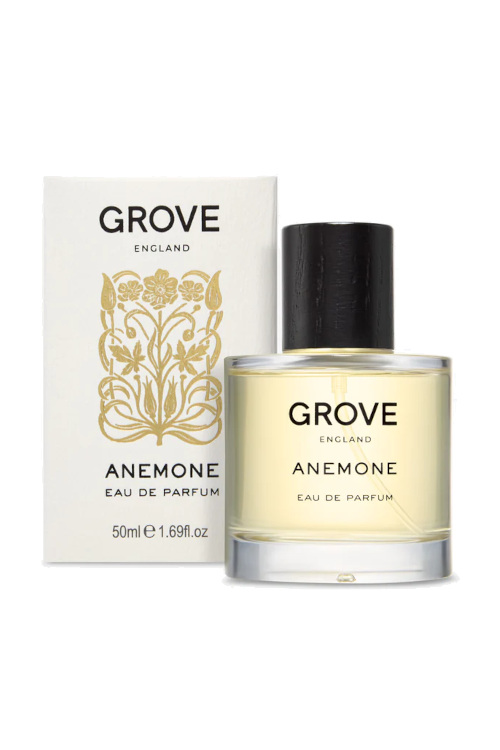London’s Best Cemeteries For A Spooky Stroll
By
2 months ago
Seeking a spooky atmosphere? These cemeteries have it in spades
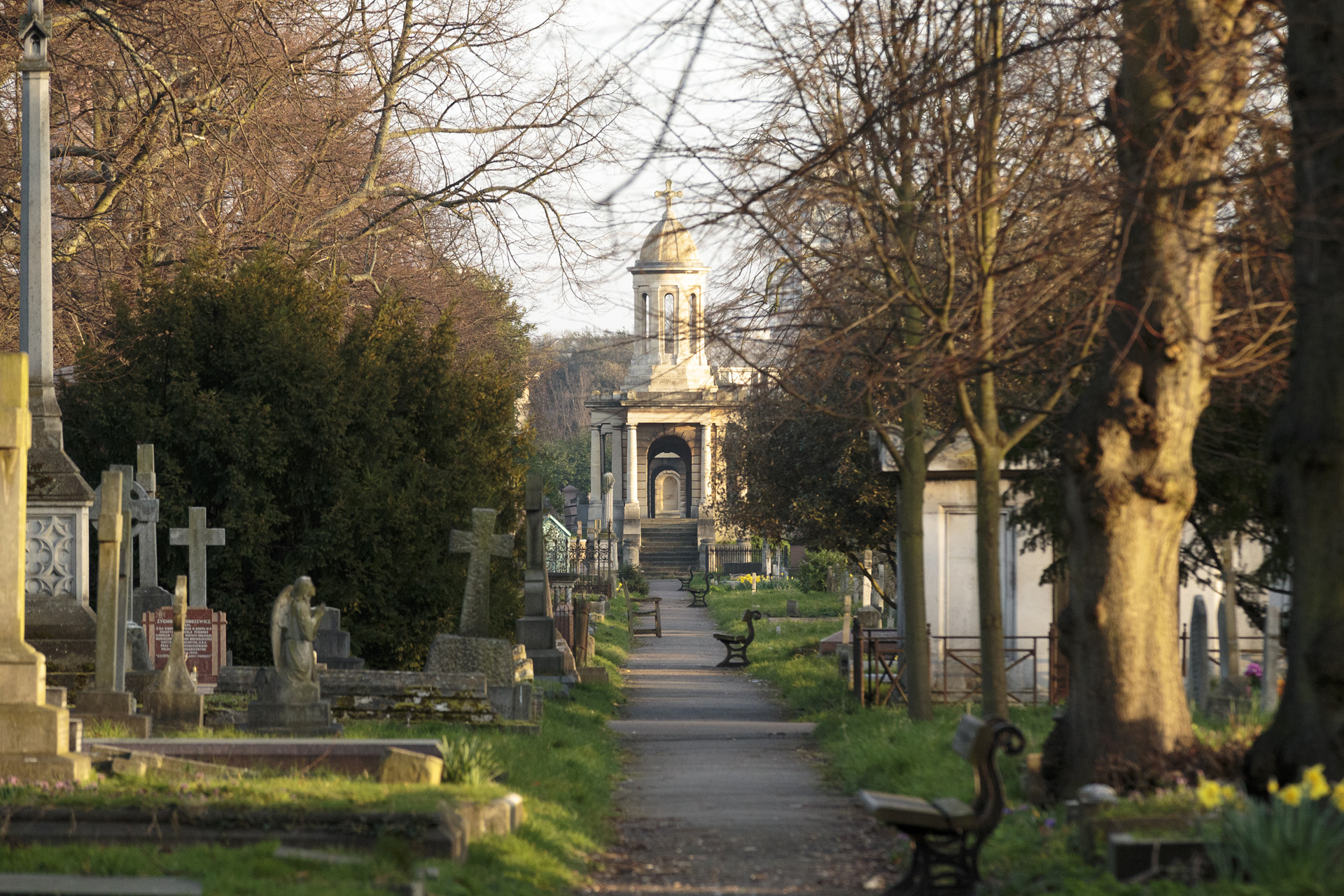
OK, yes, it sounds a bit morbid, but cemeteries can be beautifully atmospheric places, combining a post-apocalyptic, overgrown vibe with decaying gothic architecture of years past. A trip to Highgate Cemetery is sure to convince you of the appeal, but here are eight more London cemeteries worth a visit, whether for a spooky Halloween stroll or to soak up some history.
London’s Best Cemeteries
Highgate Cemetery
Perhaps London’s most famous cemetery, Highgate Cemetery opened in 1839. Designed by Stephen Geary, its construction was a key part of the landmark plan to provide London with seven large, modern cemeteries surrounding the central city, now known as the ‘Magnificent Seven’. Today, Highgate Cemetery is a nature reserve and Grade I listed garden, with approximately 170,000 people buried in around 53,000 graves. Note that there is an entrance fee to keep the Cemetery protected: between £4.50 and £15 for adults, and between 50p and £8 for children.
Cut into two halves by Swaine’s Lane, the East and West sides of Highgate Cemetery are markedly different. The East is packed with recognisible names, but reflects a more commonplace cemetery you will know from other places in the UK. The West, however, is the famous side, epitomising Victorian gothic with a labyrinth of Egyptian sepulchres, mausoleums and a wealth of tombs and buildings scattered across undulating ground.
Famous Residents: George Michael, Christina Rosetti, Michel Faraday, Douglas Adams, George Eliot and Karl Marx (it’s hard to miss his shrine in the East, demarcated by a giant sculpture of the political philosopher’s head).
Address: Swain’s Ln, London N6 6PJ
Brompton Cemetery
The only London cemetery owned by the Crown (managed by The Royal Parks since 1839), you’ll find Brompton Cemetery in West Brompton, in the Royal Borough of Kensington and Chelsea. It’s one of the Magnificent Seven cemeteries, consecrated in 1840 and open to the public from 1841. With a picturesque, neo-classical design, a grand entrance arch and colonnades, it’s one of the earliest examples of a garden cemetery in the UK.
Designed to resemble an outdoor cathedral, visitors will find avenues of trees and well-maintained lawns across 16 hectares. Graves are arranged in a grid pattern, with winding paths sprouting from a central avenue. With more than 200,000 people buried here, it is the final resting place of a number of notable people as well as the Chelsea Pensioners Monument, a ‘Garden of Remembrance’ for the deposit of cremated remains, and a nature and wildlife refuge and garden. Picnicking to soak up the atmosphere here is very common.
Famous Residents: Emmeline Pankhurst, Beatrix Potter, Sir Richard Francis Burton and Frederick Leyland.
Address: Fulham Rd, London SW10 9UG
Kensal Green Cemetery
On the other side of the Borough of Kensington and Chelsea, Kensal Green Cemetery (aka ‘the General Cemetery of All Souls, Kensal Green’) dates back to the slightly earlier year of 1833, claiming the esteemed title of first ever commercial cemetery in London. Inspired by the Père Lachaise Cemetery in Paris, Kensal Green Cemetery spans a whopping 29 hectares of grounds, with two conservation areas home to at least 33 species of bird and wildlife.
Underlied by clay, many monuments here have adopted an evocative tilt over time as the ground settles, creating an unsettling panorama. More than 250,000 people are buried here across 65,000 graves. The land is also home to an array of listed buildings and impressive bits of architecture including the Anglican Chapel, the Dissenters’ Chapel, the Colonnade Entrance and grand gatehouse, plus plenty of mausoleums and monuments. It also featured significantly in Netflix’s Lockwood & Co. (2023), a show about teenage ghost hunters. Apt.
Famous Residents: Charles Babbage, Wilkie Collins, William Makepeace Thackeray, Lady Byron and plenty of royals.
Address: Harrow Rd, London W10 4RA
Bunhill Fields
Let’s throw it back to pre-Victorian cemeteries: Bunhill Fields, thought to derive from ‘Bone Hill’, was originally used for burying bones from St Paul’s Cathedral’s charnel house. Today a public garden stretching 1.6 hectares and owned by the City of London, it operated as a cemetery between 1665 and 1854, and has a distinctively ancient feel. Sitting right in the heart of the city, Bunhill offers a peaceful respite from its immediate urban surroundings.
Famous Residents: John Bunyan, William Blake and Sir Isaac Watts.
Address: 38 City Rd, London EC1Y 2BG
Abney Park Cemetery
Over in North East London, Abney Park Cemetery is known for its woodland setting. It was also the first London cemetery invited to join the Association of Significant Cemeteries in Europe (take that, Highgate). Today, it’s a Grade II listed park and working cemetery home to more than 200,000 people, originally opened in 1840 after being designed by Lady Mary Abney and the neighbouring Hartopp family.
Entering a more extreme state of disrepair in the 20th century than other entries on this list, Abney Park has evolved into a unique space defined by serenity and tranquillity, with overgrown woodland and meadows swallowing the urban graves and paths. There’s also a large monument devoted to local theologian Isaac Watts, one of Stoke Newington’s most famous former residents; he died before the cemetery opened and is instead interred at Bunhill.
Famous Residents: William Booth, Anna Laetitia Barbauld and John A. Roebuck.
Address: 215 Stoke Newington High St, London N16 0LH
Nunhead Cemetery
Another member of the Magnificent Seven, cemetery fans can find Nunhead Cemetery (aka All Saints’ Cemetery) in Southwark, where the first grave was dug in 1840 for Ipswich greengrocer Charles Abbot. Nunhead Cemetery stretches over 21 hectares, with more than 270,000 people buried here. It’s best known for its particularly Victorian slant, with a distinctive neo-gothic chapel and entrance gatehouse, the former home to intricate stained glass windows. There’s also a striking memorial obelisk dedicated to five Scottish political activists who advocated for parliamentary reform and instead were taken to Australia for inciting rebellion. They are Thomas Muir, Fyshe Palmer, William Skriving, Joseph Gerrald and Maurice Margarot.
Famous Residents: Victorian engineer Sir Charles Fox, Sir Frederick Abel and Vincent Figgins who has one of the most monumental tombs near the chapel.
Address: Linden Grove, London SE15 3LP
West Norwood Cemetery
Established in 1837 as a non-denominational cemetery (meaning people of different religious backgrounds could be buried there), West Norwood Cemetery (aka South Metropolitan Cemetery) was designed by the man behind the Royal Exchange and the Royal Opera House: William Tite.
Though it would later become a distinctive feature of many British cemeteries, West Norwood was the very first cemetery designed in the gothic style – ever. It houses more than 200,000 people and like many other cemeteries on this list, West Norwood is one of the Magnificent Seven, with a grand gatehouse adorned by a tall spire.
Famous Residents: Sir Henry Tate, founder of the Tate Gallery, and Sir Hiram Maxim who invented the Maxim gun.
Address: Norwood Rd, Norwood, London SE27 9JU
Tower Hamlets Cemetery
Closing to new burials in 1966, Tower Hamlets Cemetery is more functional as a park these days, and is a designated nature reserve to reinforce this. It first opened in 1841 and joins the other Magnificent Seven cemeteries on this list, with more than 350,000 people buried here throughout its 125 years as a working cemetery (that’s an average of seven and a half interments per day). There’s also a moving monument dedicated to more than 500 children who died in the care of Dr Barnardo’s charity between 1876 and 1924, many of whom were buried in unmarked graves.
Bound by historic walls, the cemetery’s 12 hectares provide a tranquil escape from the city, while the grand entrance gatehouse and chapel add to the historical charm. Particularly active in the local community, this cemetery hosts various educational programmes and community events, including guided nature walks, wildlife surveys and conservation activities to underscore the importance of biodiversity and green space in urban areas.
Famous Residents: Major John Buckley VC, popular publican Charlie Brown (his funeral attracted 16,000 attendees), social reformer Clara Grant and Victorian political activist Alfred Linnell.
Address: Southern Grove, London E3 4PX
St Pancras & Islington Cemetery
There are some seriously spooky vibes at Islington & St Pancras Cemetery which sits near Finchley in Barnet – not at the central London train station. Though to confuse you, it is owned by Camden and Islington, not Barnet, with its roots traced back to the creation of the Magnificent Seven.
Those seven cemeteries were masterminded to ease the strain on central London’s land and its already overcrowded cemeteries which, we’re sorry to say it, was damaging the water supply (the infiltration of decaying bodies was causing widespread disease). So while the Magnificent Seven were being plotted out, the London boroughs of Islington and St Pancras (now called Camden) bound together to purchase a new plot of land on the edge of the city, separating their respective residents in half with a fence.
It may not make the ‘Magnificent’ cut, but St Pancras Cemetery has witnessed more than 1 million interments and cremations since it opened in 1854, making it the UK’s largest burial site. Today it is also an important wildlife and nature site.
Famous Residents: Lugwig Mond, Ford Madox Brown and Henry Croft, the first Pearly King.
Address: 278 High Rd, London N2 9AG

